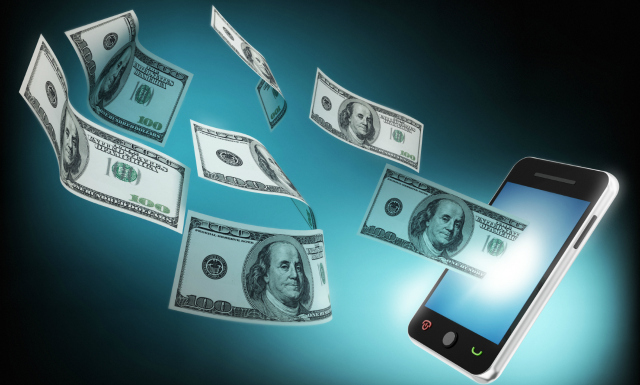
The payments scenario has evolved rapidly over the past decade. Currency of exchange, as old as human civilization, will probably face a faster change in the next five years. Just as paper money and the magnetic strip revolutionized markets, innovative - and fast-evolving - technologies will foster the rise of new ways to pay and even new currencies. In the era of mobile mind shift, of course, the main agent of change is digital technology: here are 3 ways mobile is shaping the future of payments.
Cash is dying but we won’t probably say goodbye to plastic credit cards anytime soon. While the card-processing system as a whole is not in danger, the proliferation of mobile devices will affect the way we make purchases. Apple Pay, launched few months ago together with the new iPhone 6, is at the forefront of this revolution. Destined to bring near-field communication (NFC) to the next level, this new technology will surely facilitate the move to payment using mobile technologies.
Add the Apple Watch to the equation, and you will see why analysts place Cupertino at the core of this rapid development. But Apple is not the only one to have a stake in this profitable business: together with giants like Google, eBay and Amazon, many small and medium startup companies are working behind the scenes to revolutionize payment concepts and structures.
It’s not by coincidence that the first industry to feel the wind of change is retail, already undergoing major shifts as a result of the disruptive impact of E-Commerce and the Internet-of-Things. Customers are moving away from the ‘payment status quo’, eager to embrace alternative ideas - just think of the virtual Bitcoin or Facebook’s peer-to-peer social transaction. People are adopting new ways to trade are retail banks are rebuilding customer experience. Eventually, also brands will need to realign their visions and reshape their commercial models for this new empowered customer.
As it is such a wide topic, instead of exhausting all elements of the discussion, we will highlight the 3 key areas involved in this evolution:
-
New ways to pay: smart commerce and mobile in-store payments (mobile point-of-sale) are two major effects of the transition to a seamless and omni-channel customer experience, but digital transformation will also concern other technologies like mobile wallets, wearables (smartwatches, wristbands, activity trackers) and pay-by-fingertips scanners.
-
New currencies: many are already using alternative currencies, replacing traditional money in the name of a community-oriented approach. The most famous example is the Bitcoin, the notorious and debated open source cryptocurrency. A further step in this path could be the social media currency (i.e. payments with a tweet), that will allow users to make purchases without leaving social networks.
-
New players: the currency revolution is opening the door for new players, that will enter the challenge demanding their piece of cake. Some are already well-known companies with new products - Amazon Local Register, Apple Pay, Breadcrumb by Groupon - some are hardened newcomers ready to act as middlemen between customers, banks and their money - Venmo, Snapcash, Square Cash, DigiMo.
In the Age of the Customer, an innovative customer journey should also take into account different solutions that make payment seamless, easy, secure and privacy-friendly. Mobile devices rewrite the boundaries of digital customer experience, and it doesn’t make so much sense that we mostly still rely on cash, debit and credit cards to pay for things.
To help you provide a strategic advantage to your organization, Neosperience has crafted the first DCX 7-Steps Checklist, with requirements and insights for a successful digital transformation.



 Your magnifing glass to deeply understand your users and increase the value of each relatonship.
Your magnifing glass to deeply understand your users and increase the value of each relatonship. Listen to the voice of your customers deeply to understand what they truly want.
Listen to the voice of your customers deeply to understand what they truly want. The Lead Generation Platform to get leads from anonymous traffic on your website.
The Lead Generation Platform to get leads from anonymous traffic on your website.  Understand the behavior of people in physical spaces and monitor safety requirements.
Understand the behavior of people in physical spaces and monitor safety requirements. The Digital Commerce Platform designed to follow the most modern technological standards..
The Digital Commerce Platform designed to follow the most modern technological standards.. The XReality platform to tell brand and product stories by connecting physical and digital worlds.
The XReality platform to tell brand and product stories by connecting physical and digital worlds. Points, rewards, levels, badges, missions: a world of nudges to nurture your customer community.
Points, rewards, levels, badges, missions: a world of nudges to nurture your customer community. Discover all the other solutions!
Discover all the other solutions!









